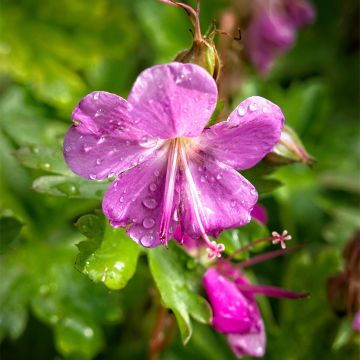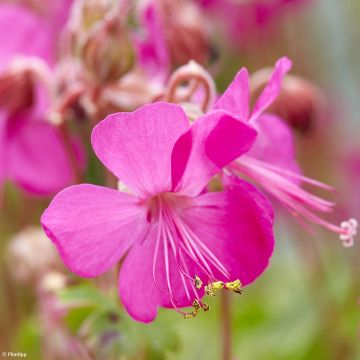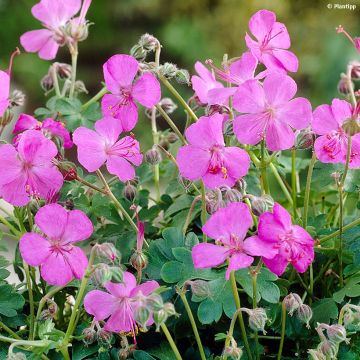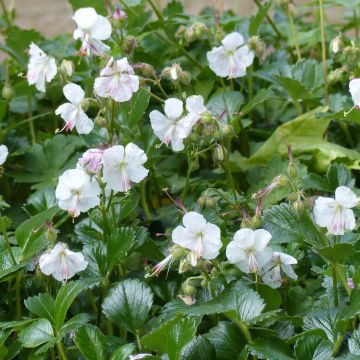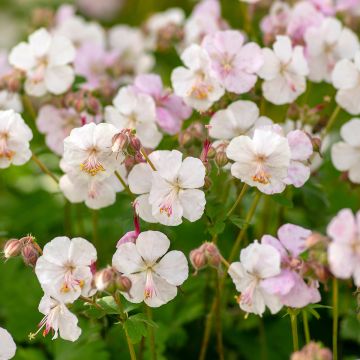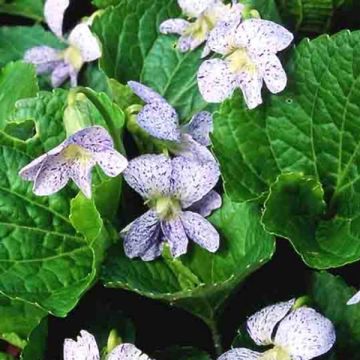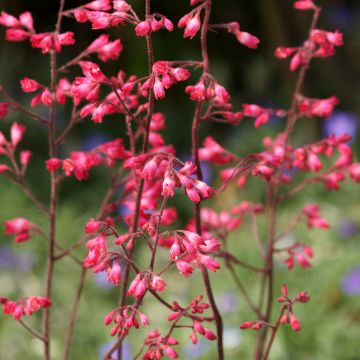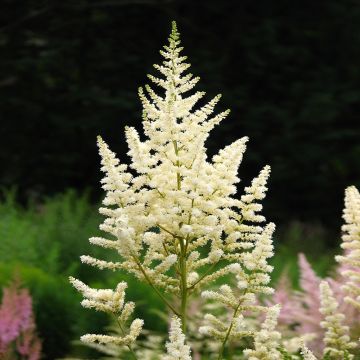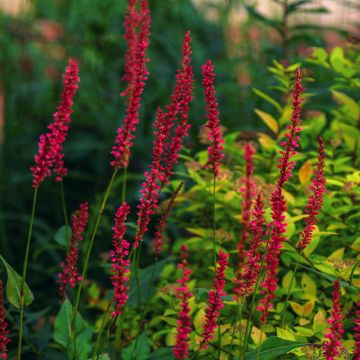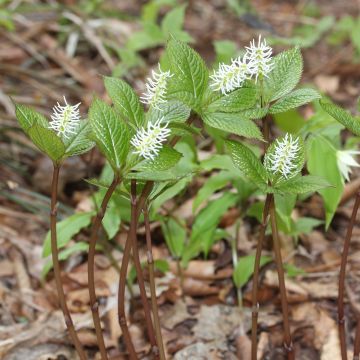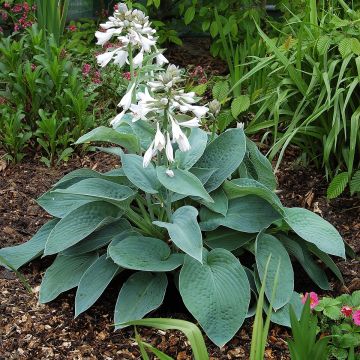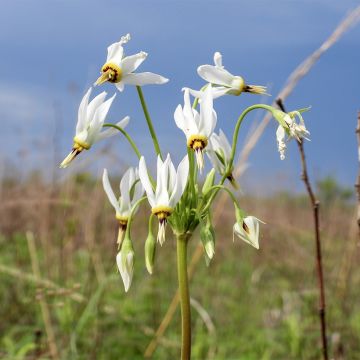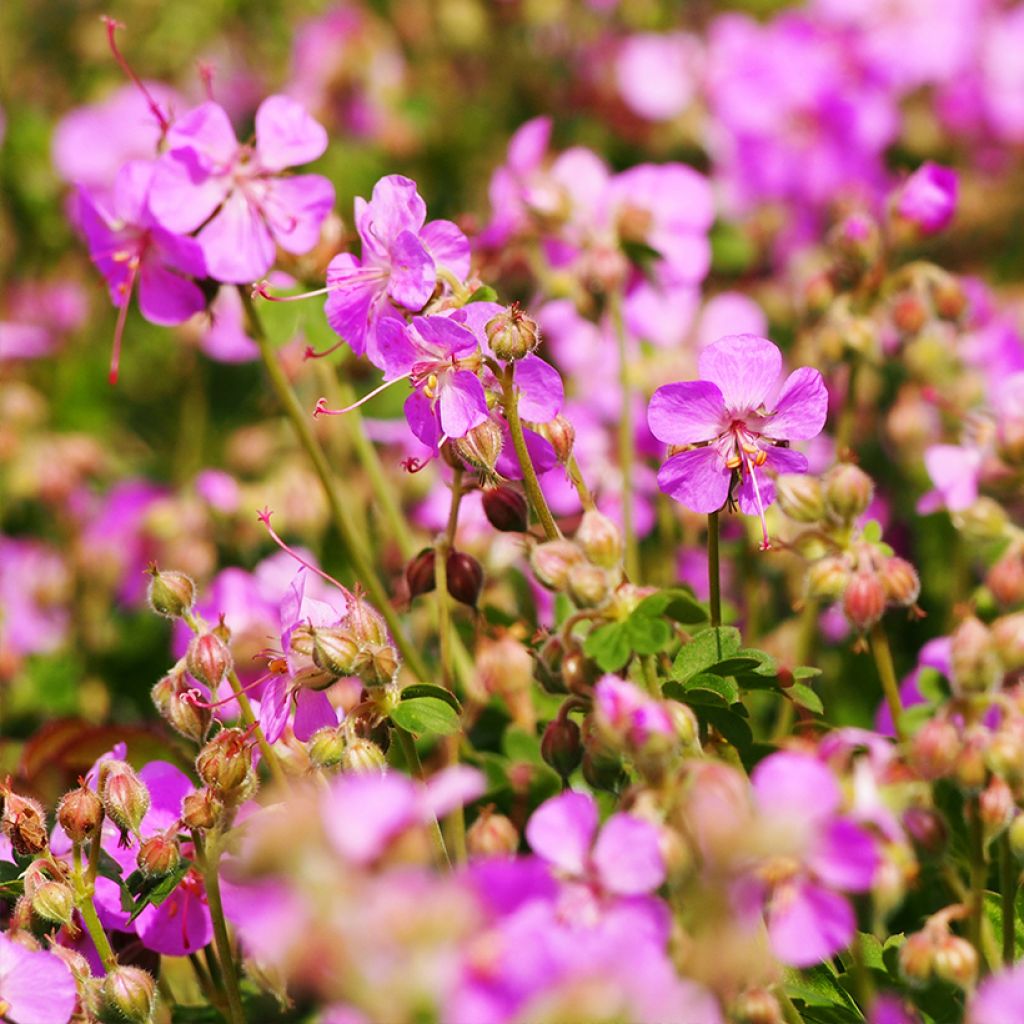

Geranium cantabrigiense Cambridge
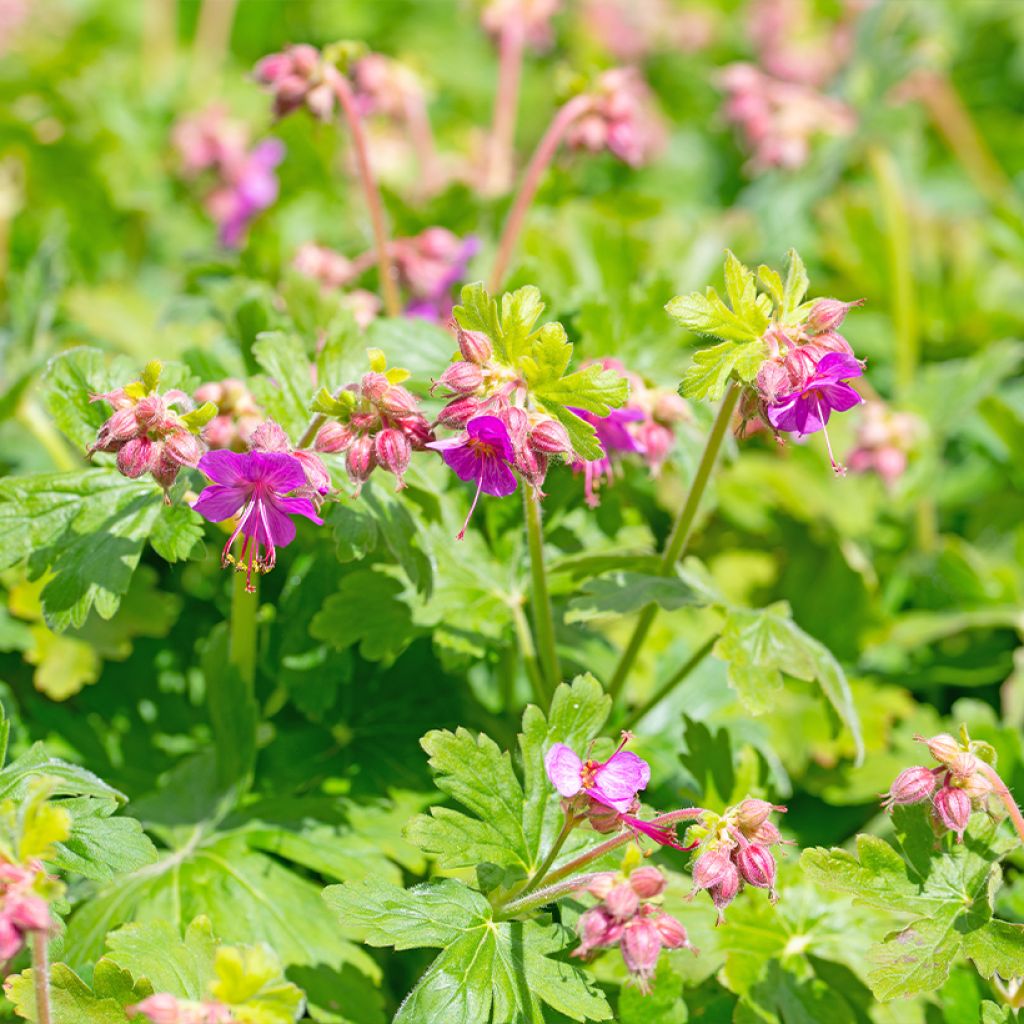

Geranium cantabrigiense Cambridge
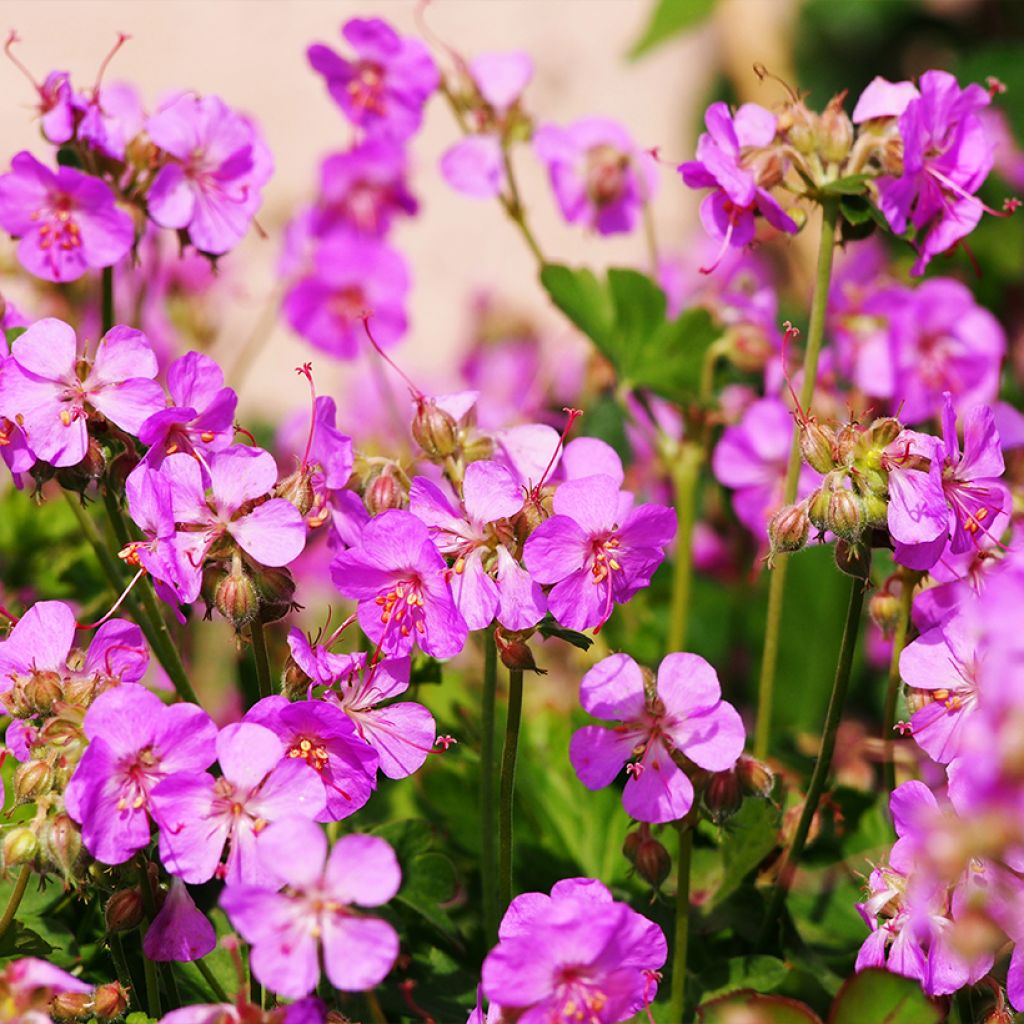

Geranium cantabrigiense Cambridge
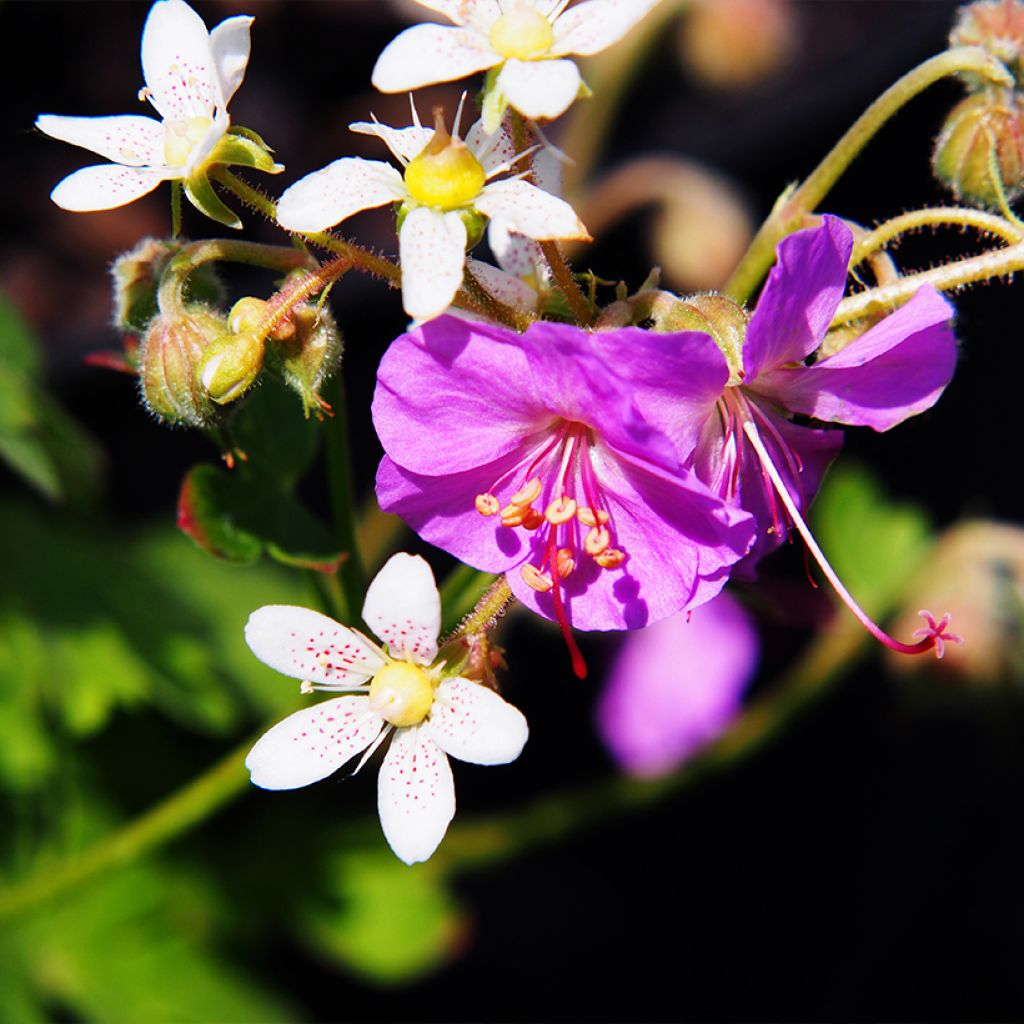

Geranium cantabrigiense Cambridge
Geranium cantabrigiense Cambridge
Geranium x cantabrigiense Cambridge
Cambridge Geranium
Why not try an alternative variety in stock?
View all →This plant carries a 12 months recovery warranty
More information
We guarantee the quality of our plants for a full growing cycle, and will replace at our expense any plant that fails to recover under normal climatic and planting conditions.
From €5.90 for pickup delivery and €6.90 for home delivery
Express home delivery from €8.90.
Does this plant fit my garden?
Set up your Plantfit profile →
Description
Geranium x cantabrigiense 'Cambridge' is an old variety from the botanical garden of the University of Cambridge, still appreciated for its beautiful magenta pink flowering and its vigour. It has a generous flowering in late spring and early summer, which rises from dense and low, very fresh, aromatic green foliage. The plant spreads moderately through rhizomes and thickens over time. The foliage takes on reddish tones in cold weather, and persists more or less in winter. A hardy, robust and undemanding geranium, ideal for bordering flower beds, used as ground cover or in pots on the terrace.
Geranium x cantabrigiense 'Cambridge' belongs to the Geraniaceae family. It is a cultivar of the natural hybrid Geranium x cantabrigiense, itself derived from Geranium dalmaticum, native to the Balkan coasts, and Geranium macrorrhizum. 'Cambridge' is a herbaceous perennial plant with very low, spreading vegetation. This cultivar forms a 25 cm high cushion and spreads through its stolons over 35 to 45 cm wide. Its growth is moderately fast. Flowering begins in May-June, depending on the climate, and continues until July. Sometimes there is a second, lighter flowering in September-October. The flowers of this variety are a light magenta pink, adorned with long stamens of a darker pink, with a lighter base. The dense and aromatic foliage is composed of small round and palmate leaves. It persists if the winter is not too harsh. It is a beautiful bright light green in summer and takes on reddish tones in autumn and winter. This perennial geranium appreciates humus-bearing soil, not too dry, but well-drained.
Geranium cantabrigiense 'Cambridge' is a charming, robust, undemanding ground cover, happy in sun or partial shade. It will decorate the base of trees, colour the edges of a flower bed, and elegantly outline the curve of a path. This variety also fits well on balconies and terraces, in planters, borders, rockeries, and flower beds, where it will be a faithful companion to columbines, peonies and bell flowers. It also blends well with Gauras, with their light flowers. For a beautiful effect within 3 years, plan for 7 plants per square metre.
Report an error about the product description
Geranium cantabrigiense Cambridge in pictures


Flowering
Foliage
Plant habit
Botanical data
Geranium
x cantabrigiense
Cambridge
Geraniaceae
Cambridge Geranium
Cultivar or hybrid
Other Geranium Cantabrigiense
Planting and care
This perennial Geranium x cantabrigiense 'Cambridge' enjoys full sun but it also tolerates partial shade. Plant it in well-drained soil enriched with compost but not too dry in summer early in spring or autumn. Water regularly to help the young plants establish. You can deadhead the flowers to encourage reblooming. It is possible to divide the clumps every three years, in spring. This easy-going plant requires little maintenance, but water it during prolonged drought. Geraniums grown in pots will appreciate liquid geranium fertiliser as well as regular watering.
Planting period
Intended location
Care
This item has not been reviewed yet - be the first to leave a review about it.
Shade-loving perennials
Haven't found what you were looking for?
Hardiness is the lowest winter temperature a plant can endure without suffering serious damage or even dying. However, hardiness is affected by location (a sheltered area, such as a patio), protection (winter cover) and soil type (hardiness is improved by well-drained soil).

Photo Sharing Terms & Conditions
In order to encourage gardeners to interact and share their experiences, Promesse de fleurs offers various media enabling content to be uploaded onto its Site - in particular via the ‘Photo sharing’ module.
The User agrees to refrain from:
- Posting any content that is illegal, prejudicial, insulting, racist, inciteful to hatred, revisionist, contrary to public decency, that infringes on privacy or on the privacy rights of third parties, in particular the publicity rights of persons and goods, intellectual property rights, or the right to privacy.
- Submitting content on behalf of a third party;
- Impersonate the identity of a third party and/or publish any personal information about a third party;
In general, the User undertakes to refrain from any unethical behaviour.
All Content (in particular text, comments, files, images, photos, videos, creative works, etc.), which may be subject to property or intellectual property rights, image or other private rights, shall remain the property of the User, subject to the limited rights granted by the terms of the licence granted by Promesse de fleurs as stated below. Users are at liberty to publish or not to publish such Content on the Site, notably via the ‘Photo Sharing’ facility, and accept that this Content shall be made public and freely accessible, notably on the Internet.
Users further acknowledge, undertake to have ,and guarantee that they hold all necessary rights and permissions to publish such material on the Site, in particular with regard to the legislation in force pertaining to any privacy, property, intellectual property, image, or contractual rights, or rights of any other nature. By publishing such Content on the Site, Users acknowledge accepting full liability as publishers of the Content within the meaning of the law, and grant Promesse de fleurs, free of charge, an inclusive, worldwide licence for the said Content for the entire duration of its publication, including all reproduction, representation, up/downloading, displaying, performing, transmission, and storage rights.
Users also grant permission for their name to be linked to the Content and accept that this link may not always be made available.
By engaging in posting material, Users consent to their Content becoming automatically accessible on the Internet, in particular on other sites and/or blogs and/or web pages of the Promesse de fleurs site, including in particular social pages and the Promesse de fleurs catalogue.
Users may secure the removal of entrusted content free of charge by issuing a simple request via our contact form.
The flowering period indicated on our website applies to countries and regions located in USDA zone 8 (France, the United Kingdom, Ireland, the Netherlands, etc.)
It will vary according to where you live:
- In zones 9 to 10 (Italy, Spain, Greece, etc.), flowering will occur about 2 to 4 weeks earlier.
- In zones 6 to 7 (Germany, Poland, Slovenia, and lower mountainous regions), flowering will be delayed by 2 to 3 weeks.
- In zone 5 (Central Europe, Scandinavia), blooming will be delayed by 3 to 5 weeks.
In temperate climates, pruning of spring-flowering shrubs (forsythia, spireas, etc.) should be done just after flowering.
Pruning of summer-flowering shrubs (Indian Lilac, Perovskia, etc.) can be done in winter or spring.
In cold regions as well as with frost-sensitive plants, avoid pruning too early when severe frosts may still occur.
The planting period indicated on our website applies to countries and regions located in USDA zone 8 (France, United Kingdom, Ireland, Netherlands).
It will vary according to where you live:
- In Mediterranean zones (Marseille, Madrid, Milan, etc.), autumn and winter are the best planting periods.
- In continental zones (Strasbourg, Munich, Vienna, etc.), delay planting by 2 to 3 weeks in spring and bring it forward by 2 to 4 weeks in autumn.
- In mountainous regions (the Alps, Pyrenees, Carpathians, etc.), it is best to plant in late spring (May-June) or late summer (August-September).
The harvesting period indicated on our website applies to countries and regions in USDA zone 8 (France, England, Ireland, the Netherlands).
In colder areas (Scandinavia, Poland, Austria...) fruit and vegetable harvests are likely to be delayed by 3-4 weeks.
In warmer areas (Italy, Spain, Greece, etc.), harvesting will probably take place earlier, depending on weather conditions.
The sowing periods indicated on our website apply to countries and regions within USDA Zone 8 (France, UK, Ireland, Netherlands).
In colder areas (Scandinavia, Poland, Austria...), delay any outdoor sowing by 3-4 weeks, or sow under glass.
In warmer climes (Italy, Spain, Greece, etc.), bring outdoor sowing forward by a few weeks.

































